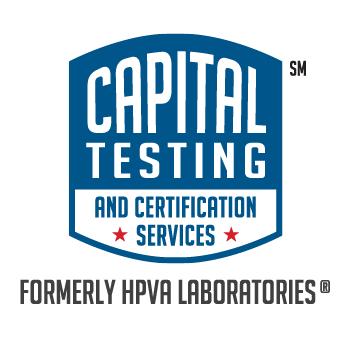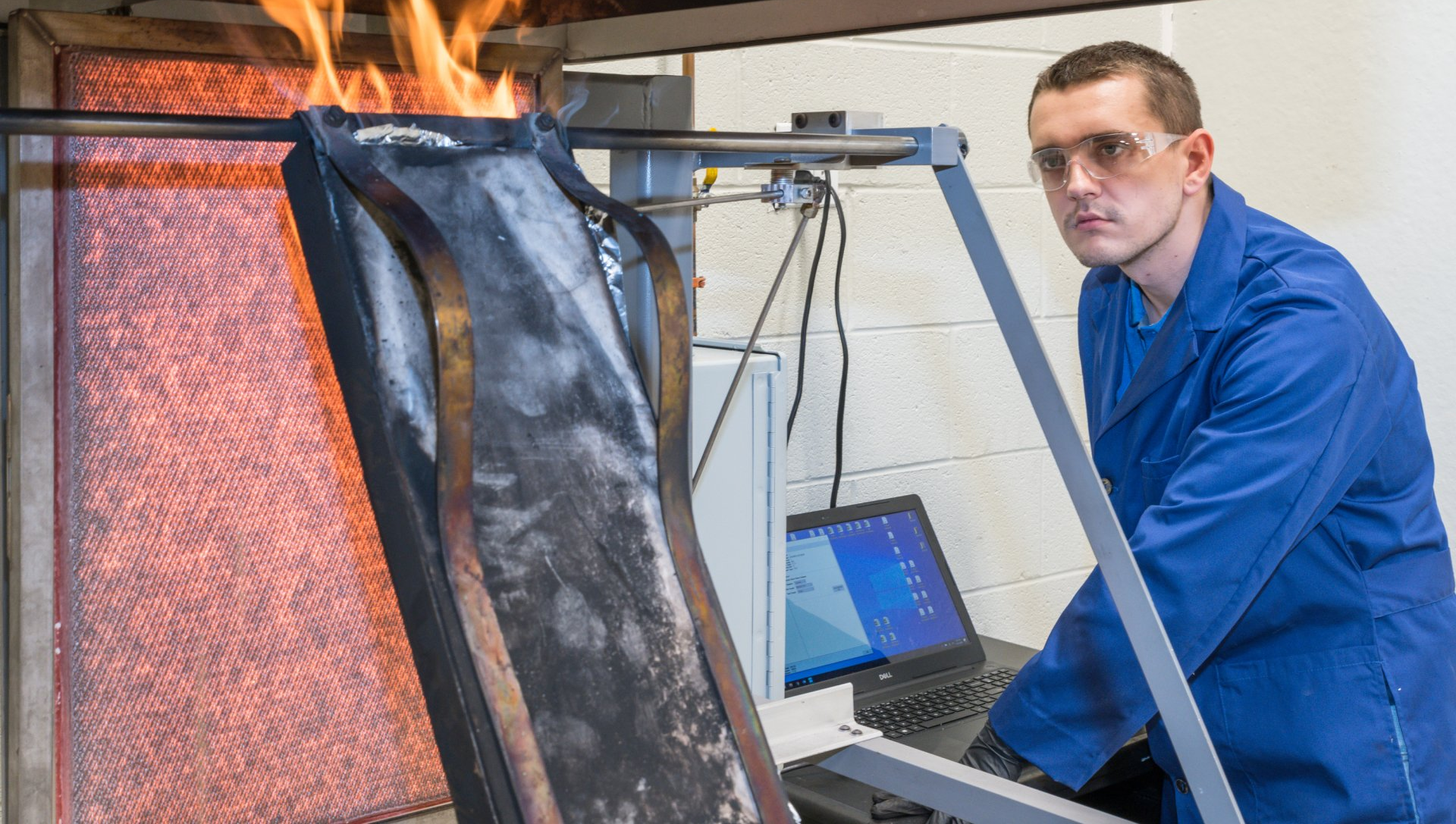ASTM E162 FLame Spread Testing -
Radiant Panel Index
REQUEST A QUOTE
ASTM E162 Flame Spread Testing
Surface Flammability Of Materials Using A Radiant Heat Energy Source
Which materials need to be tested in accordance with ASTM E162?
- Thermal and acoustical insulation
- HVAC ducting
- Light diffusers, windows, and transparent plastic windscreens
- Adhesives and sealants
- Seat and mattress frames
- Wall and ceiling lining and panels
- Toilet seats and shrouds
- Trays and tables
- Partitions
- Shelves
- Component boxes and covers
- Roof housings
- Combustible signage
How is ASTM E162 testing performed?
Before the ASTM E162 testing begins, the specimens are placed into a preconditioning oven for 24 hours at 140 ± 5°F (60 ± 3°C) . After 24 hours, the specimens are moved to a conditioning environment that is held at 73 ± 5°F (23 ± 3 °C) and 50 ± 5% relative humidity until the specimens reach equilibrium moisture content as determined by weight.
A 6-inch by 18-inch test specimen is placed in front of a 12-inch by 18-inch radiant heat source. The specimen is inclined at a 30° angle from the face of the radiant heat source and is oriented such that the ignition is forced to occur near the upper edge of the specimen and travel downwards as the flame progresses.
The test specimens are exposed to a pilot flame and radiant heat source until either the maximum stack thermocouple temperature is reached as defined by an increase of no more than 5 °C over the course of 5 minutes or the total exposure time has reached 15 minutes. The flame front is tracked as it progresses down the surface of the test specimen. Times are recorded when the flame progresses to 3, 6, 9, 12, and 15-inch marks as measured from the top of the sample. During the test, the temperature rise is recorded by an array of eight thermocouples that are mounted in the stack.
A test burn is deemed invalid if at any point during testing any of the following occur: molten material flows out of the specimen holder, one or more portions of a test specimen is forcefully displaced from the zone of controlled irradiance (explosive spalling), the test specimen swells sufficiently prior to ignition to touch the burner during combustion, or the material exhibits rapid running or dripping of flaming material.
What data will be included in an ASTM E162 report?
- Average Radiant Panel Index (Is)*
- Individual Radiant Panel Index Values (Is)
- Individual Flame Spread Factors (Fs)
- Individual Heat Evolution Factors (Q)
- Time to 3", 6", 9", 12" and 15"
- Base Temperature and Max Temperature
Interpreting ASTM E162 Results
The primary result from ASTM E162 testing is the average radiant panel index (Is). The average radiant panel index is rounded to the nearest multiple of 5. The average radiant panel index is used to determine a material or products suitability for installation in a transit or manufactured home application. Common specifications are contained in NFPA 130, 49 CFR Part 238, 24 CFR Part 3280, and NFPA 1192. Performance requirements should be verified with the Authority Having Jurisdiction (AHJ).
Limits are set by specifying a maximum allowable average radiant panel index. Some applications also specify that a product cannot melt or drip when tested in accordance with ASTM E162. If a product melts or drips when tested in accordance with ASTM E162, additional testing may be required. The cone calorimeter (ASTM E1354) is often used to provide additional testing when a product cannot yield valid results during ASTM E162 testing.
Can ASTM E162 flame spread testing be used in place of ASTM E84 flame spread testing?
ASTM E162 was developed by the National Bureau of Standards (now National Institute of Standards and Technology) to obtain surface flame spread information based on a radiant heat source, as an alternative to the traditional Steiner tunnel test (ASTM E84). The indices determined in ASTM E84 and in ASTM E162 are different and should not be compared directly.
ASTM E162 Test Specimen Preparation
Test specimens should be 6-inches by 18-inches and less than 1-inch thick. Specimens greater than 1-inch are to be cut down to 1-inch for the purpose of testing. At the request of the test sponsor, materials that are thicker than 1-inch can be tested with a custom sample holder. Any material that is intended to be applied to a substrate should be tested on that substrate. A minimum of four (4) specimens will be tested, however, Capital Testing recommends that Clients send in six (6) specimens.
Is Capital Testing an accredited ASTM E162 laboratory?
Capital Testing and Certification Services is ISO/IEC 17025 accredited to conduct ASTM E162 testing. ASTM D3675, a similar test for flexible cellular materials, is also covered under Capital Testing's scope of accreditation. Click Here for Capital Testing's full ISO 17025 scope.


